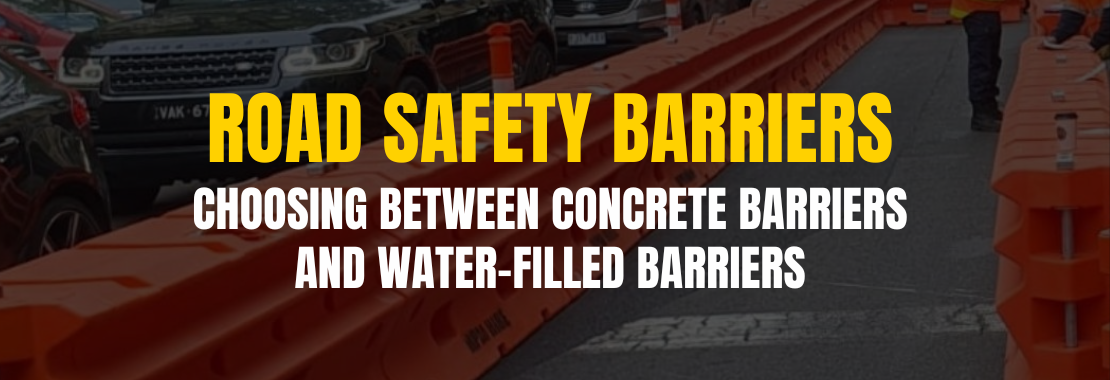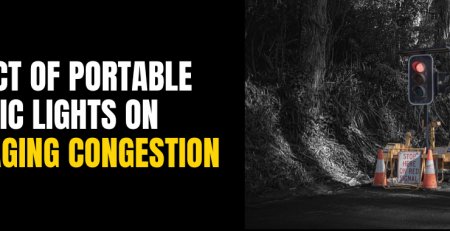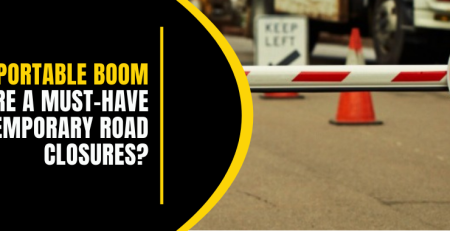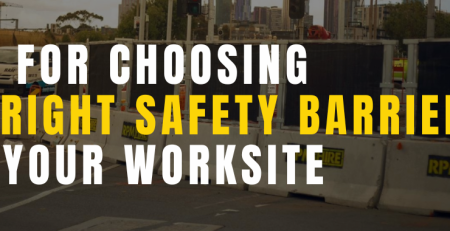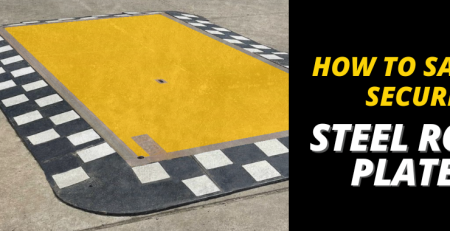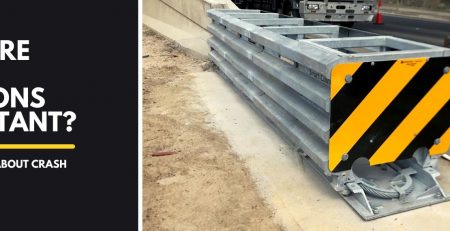Road Safety Barriers: Choosing Between Concrete Barriers and Water-Filled Barriers
Key Takeaways: What Are the Types of Concrete Barriers?
Concrete barriers for traffic control and security come in several types, each designed for specific safety and site needs. Common options include Jersey barriers, F-shape barriers, precast concrete barriers, Texas barriers, portable concrete barriers, and interlocking concrete blocks—each offering different levels of protection, flexibility, and installation requirements.
Common Concrete Barrier Types
Jersey Barriers – Versatile, high-visibility barriers that redirect vehicles and reduce head-on collisions.
F-Shape Barriers – Similar to Jersey but with a profile that minimises impact damage.
Precast Concrete Barriers – Manufactured off-site for flexible, easy installation.
Texas Barriers – Taller designs offering increased highway safety.
Portable Concrete Barriers – Temporary, flexible solutions for worksites or events.
Interlocking Concrete Blocks – Modular blocks for structures, flood control, or temporary barriers.
Road safety barriers are an essential part of any road traffic management plan, helping to maximise the flow of traffic and reduce the risk of an accident. When it comes to finding the right style of barrier for your worksite, two of the most popular options are concrete highway barriers and water-filled plastic barriers.
Each one has its own unique advantages and limitations, and in this latest article, we thought we would explore their various characteristics, allowing you to make an informed decision.
The Importance of Road Safety Barriers
Road safety barriers play a crucial role in helping to manage traffic and enhance safety at construction sites and on roads. Highway barriers help to protect motorists, workers, and pedestrians by providing clear lanes and redirecting vehicles as needed. In the event of a collision, these barriers can absorb the kinetic energy, slowing the car down.
Road safety barriers save lives and minimise property damage by reducing the severity of accidents and preventing vehicles from crossing over into hazardous areas. There is a wide range of different styles and types of road safety barriers, ensuring there is always a solution for your next project.
Concrete Safety Barriers
Although there is a wide range of styles available, concrete safety barriers have been the backbone of road safety for many years. These barriers are renowned for their durability and stability and are typically made from reinforced concrete, allowing them to withstand high-impact collisions and be long-term solutions for traffic management.

What Are the Advantages of Concrete Barriers?
As one of the mainstays of road safety, concrete highway barriers are able to provide a wide range of benefits, including:
- Energy dissipation
One of the biggest advantages of concrete safety barriers is their ability to dissipate the kinetic energy of an impacting vehicle. This energy absorption helps to reduce the force being transferred back into the car, mitigating the severity for occupants. These concrete barriers are also able to decelerate the vehicle rapidly over a shorter distance, lowering the risk of further collisions with other road users.
- Stability
Concrete highway barriers provide unmatched stability thanks to their weight and solid construction. This stability helps to keep them in place no matter the conditions or the forces from a colliding vehicle, making them ideal for locations where heavy and fast-moving traffic will be passing by.
- Permanent installation
The durability of concrete safety barriers makes them ideal for permanent installations. Once set up, they require very little maintenance to keep them working as designed and are capable of lasting for decades.
When Should You Choose Concrete Barriers Over Plastic Barriers?
Concrete barriers are highly versatile options suitable for a range of different scenarios. They should be the preferred choice for roadworks, roads, and construction projects where there will be high speeds or where certain regulations require certain safety standards to be maintained. Concrete barriers are also a great choice for locations that need long-term or permanent barriers.

Water-Filled Plastic Traffic Barriers
A water-filled plastic barrier is an ideal choice for short-term roadwork projects and for use in and around events. The biggest benefits of water-filled plastic road barriers are:
- Lightweight and portable
Unlike their concrete counterparts, water-filled plastic road barriers are very lightweight when empty. This makes them very quick and easy to transport, deploy, and reposition as needed.
- Flexible Application
Plastic barriers are also a highly versatile solution that can be used in everything from temporary roadworks and events to traffic management solutions.
- Strong and durable
Created from a high-quality UV-stabilised polythene, these plastic barriers have undergone rigorous testing and are TL1 and TL2 MASH compliant, offering fantastic strength and protection.
What Are the Limitations of Plastic Barriers?
Despite having a number of advantages, plastic road barriers do also have certain limitations that need to be considered. The first is that they are not suitable for high-speed traffic areas, where stronger barriers will be required. They are also more susceptible to extreme weather conditions.
Cost-Effectiveness and Maintenance: Concrete vs. Plastic Barriers
When comparing the cost-effectiveness and maintenance of concrete highway barriers compared to plastic road barriers, there are certain factors that need to be considered. The first is the initial cost, with the concrete options often having a higher initial investment due to their construction and installation costs. Plastic options are usually more affordable and quicker to install.
It is also important to consider the longevity of the barriers. While there is a higher investment, concrete safety barriers will last much longer, often for several decades. Plastic barriers, on the other hand, will likely need to be replaced much sooner, especially if facing harsh conditions.
Finally, maintenance is also an important consideration. Concrete barriers typically require less maintenance over time and once installed will be able to withstand impacts and weather conditions. Plastic barriers should be regularly inspected and repaired to keep them operating as designed.
Environmental Impact
It is also important to consider the environmental impact of both types of road safety barriers. Concrete options are made from natural materials, but their production involves significant energy consumption, which produces a lot of CO2. Plastic barriers, on the other hand, are often created from petroleum-based products.
Their lifespan is also a consideration when exploring the environmental impact. Concrete barriers have a longer lifespan, reducing the frequency of replacement. However, concrete barriers are also less recyclable compared to plastic.
Safety and Performance in Different Conditions
Safety and performance are the two most critical aspects of road safety barriers, and the two can differ greatly depending on the conditions. In extreme weather conditions, concrete barriers offer higher resilience, maintaining their integrity, whereas plastic barriers may begin to degrade over time.
In high-speed impact accidents, concrete barriers are also able to provide superior protection by absorbing energy and effectively redirecting vehicles. In slower-speed situations, plastic barriers are able to work very well.
Get Expert Advice on Road Safety Barriers
Choosing the right road safety barrier is essential to ensuring the safety of road users and maximising your traffic management plan. Understanding the advantages and limitations of the two most popular options, concrete and plastic, will help you to make an informed decision based on your specific needs.
If you need help on selecting the appropriate road safety barrier for your project, then RPM Hire is on hand to help you. We offer a huge variety of barriers suitable for any environment, so if you want to find out more about how we can help you, get in touch today!


